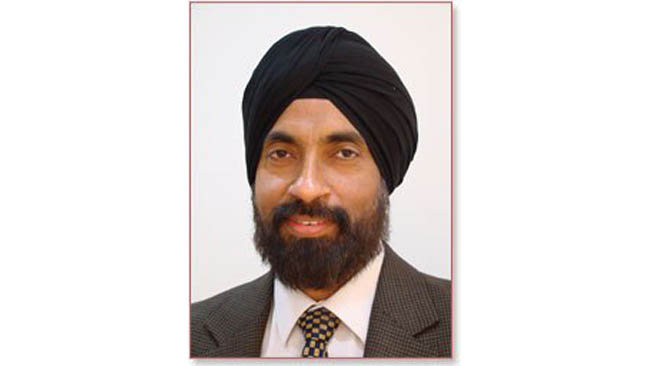
Slipped disc is a common problem, which affects approximately 1% of the population at any given time. It usually affects people between the ages of 30 to 50 years. But these days, it is not bound to any age group or gender. It commonly occurs in people whose occupation involves frequent bending and lifting. However slipped disc is not the only cause of backache/leg pain. These aches can often result from diseases like spinal tumour, infection, T.B., cancer spreading to spine, osteoporosis, arthritis, spinal stenosis, fractures, congenital diseases etc.
Disc is cushion like material between the numerous small bones of the spine column called vertebrae. This gelatinous material is enclosed in a fibrous capsule. Any tear in this capsule predisposes to prolapse of the disc. Prolapse of the disc causes compression of the nerve that lies very close to it. This problem is more common in lower portion of spine called lumbar spine. The slipped disc typically causes low back pain, which travels to buttock and further down to back of thigh and calf muscles. This leg pain is also called as Sciatica because it radiates along distribution of sciatic nerve. This pain increases on sneezing or straining, walking etc. Pain may be accompanied by numbness or weakness in leg muscles and in severe situations bladder and bowel disturbances.”
Human spine is made up of 33 bones calls vertebrae and between each two bones is a soft rubber like disc, which is jelly like in the centre and acts as a shock absorber for the spine and also gives flexibility to the spine. In the centre of the spine runs a canal, which contains the spinal cord. Spinal cord is a big nerve coming from the brain and its branches go into hand and legs. These nerves get compressed, when the disk slips back into the spinal canal and the problem of backache and leg pain starts. Besides slip disc other lesions can also press the nerves and cause similar symptoms like tumors, infections, deformities etc. hence a proper diagnosis is essential for the treatment.
What Are the diagnostic methods?
In recent years, MRI scanning is becoming available more easily and is the preferred diagnostic test for spinal problems. MRI scan can clearly show the site and amount of disc prolapse and the nerve compression. Majority of patients respond to the non-surgical treatment. Non-surgical treatment is given in the form of bed rest, medicines to reduce pain and swelling. Physiotherapy is gradually started. Surgery is required in 10-20% of patients whose pain persists after conservative treatment or who have paralysis or bladder and bowel dysfunction from beginning.
Latest Medical Advancements
But thanks to the latest advancements in medical technologies, serious health diseases have now become curable. Determined for the same, Dr Satnam Singh Chhabra has successfully taken spinal surgeries to an altogether new level. With the latest introduction of the new device to provide relief to patients suffering from savior slipped disc and compressed nerves, much relief and better treatment is available for patients with such problems now. Gaining popularity under the same banner, this Device has been submitted for patent rights by the name of Satnam Device for Endoscopic Surgery.
The device is now being used by numerous hospitals in India, providing a sigh of relief to patients suffering from the agonizing pain.
“Nowadays, surgery for slipped disc is performed through a tiny (about 1.5 cms) incision in the back with the help of an endoscope. The surgery grants patients the relief to go back home within 12-24 hrs of getting operated. Additionally, such patients can also easily walk and use the toilet the very same day, besides getting fit to resume office in a few days time. Generally the idea of undergoing a spinal surgery often puts people on tenterhooks given the risk of paralysis or fear of getting bed-ridden and depending on others. Such is the mindset of patients that they’d rather suffer the pain than get operated. However with modern surgical techniques on the go, such complications are extremely rare.”
Satnam Device for Endoscopic Surgery is a special tube which is placed into the back of patient through a minor cut in the skin. Surgery is performed through this tube under endoscopic view on LED monitor. The device gives enormous magnification and clarity of vision which in turn minimizes the risk to normal nerves.